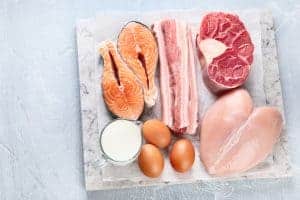
Can Fasting Cure Polycystic Kidney Disease?

New research is emerging about some potential new therapies for managing or even reversing polycystic kidney disease that are safe and easy to implement. Interested? Read on to find out more.
Firstly though:
What is Polycystic kidney disease?
Polycystic kidney disease (PKD) is a genetic disorder that causes many fluid-filled cysts to grow in the kidneys. PKD cysts can change the shape of the kidneys, making them much larger than they should be and take the place of normal kidney tissue. PKD is usually a progressive disease and as cysts grow in size and number the kidneys cannot function as well and eventually, the kidneys may fail.
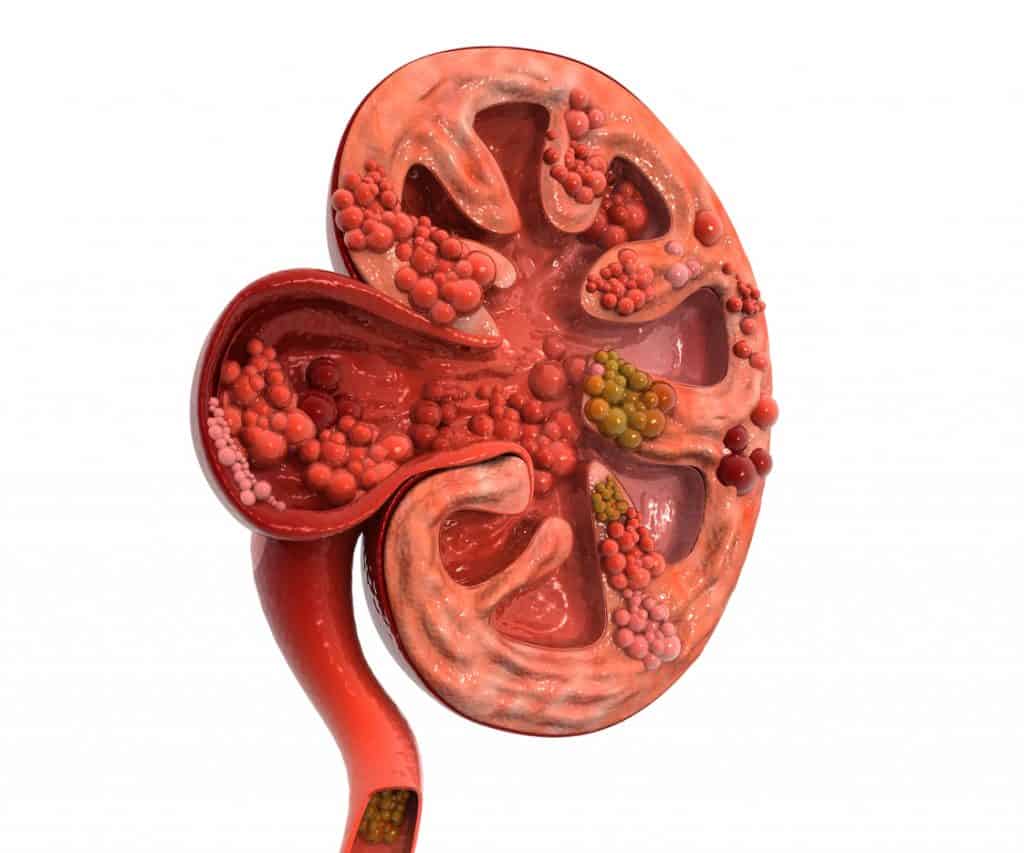
PKD doesn’t generally cause any signs or symptoms until the cysts are a half inch or larger in size.
Signs and symptoms include:
- Hypertension (high blood pressure)
- Pain in your back and side
- Blood in the urine
- Urinary tract infections
- Kidney stones
- Enlarged and painful abdomen
- Abnormal heart valves
If you want to know more about PKD you can read more about it in one of my previous blog posts here.
What I specifically wanted to discuss in today’s article is some exciting new research into a potentially game changing therapy for PKD that isn’t just simple to implement but also free.
But firstly, a little bit of background on some of the things that contribute to cyst growth in PKD.
Growth of PKD cysts
Most of the cells in our body use glucose for energy and the cysts present in PKD are no different. The cysts seem to be dependent on glucose for growth, so the sugar found in high carbohydrate and high sugar diets feeds the development and growth of cysts.
This lines up with what we know about PKD in people with diabetes. People with PKD and diabetes have larger kidney volumes, earlier age at diagnosis and may progress to end stage renal disease faster compared to those without diabetes. Studies have also shown that even in people without diabetes, having a higher blood sugar level can contribute to faster progression of PKD.
Over the last decade, multiple studies have shown that dysregulated metabolism is a key feature of PKD which likely contributes to cyst growth.
These cells reprogram to favour something called aerobic glycolysis or the Warburg effect which was initially identified in cancer cells. The Warburg effect allows the cysts to get more fuel and glucose, allowing for faster growth.
Aerobic glycolysis also results in the up-regulation of a signalling protein called mTOR (mammalian target of rapamycin) which contributes to increased growth of cysts, decreased apoptosis and defective autophagy.
Apoptosis is the process of programmed cell death and is used to rid the body of cells that are damaged or problematic and autophagy is the body’s way of cleaning out damaged cells, in order to regenerate newer, healthier cells- both really important processes within the body (and the kidneys) that cause problems when they’re not working properly.
mTOR Pathway
The mTOR pathway is normally dormant in healthy adult kidneys but is up-regulated in the kidneys of people with PKD. Because this pathway appears to be so important in the establishment and progression of PKD, medications that inhibit mTOR have been studied.
One of these medications is Rapamycin which in animal studies leads to very significant inhibition of renal cyst growth however human studies have largely had disappointing results which is believed to be due to the fact that when equivalent doses are administered in humans, the number and nature of side-effects is too great and lower doses don’t have the same therapeutic benefit.
But what if there was a safer way to inhibit mTOR activity and reduce or prevent cyst growth in people with PKD?
Turns out there is!
Let’s have a look at the exciting new research I mentioned earlier that in animal studies has shown to reduce and even reverse the presence and size of cysts in PKD.
Caloric Restriction
Caloric restriction has been extensively studied in animals and humans and has shown numerous benefits such as reducing cholesterol and triglycerides, lowering blood pressure, improving measures of inflammation, improving insulin resistance, improving blood sugar control and metabolic syndrome and may even extend lifespan.
In animals with PKD, studies have shown that reducing food intake by levels that don’t cause malnutrition (10-40% reduction) reduces the number and size of cysts as well as reducing scarring of the kidneys, inflammation and damage to the kidneys without having any negative side effects. Even when caloric restriction was started in older animals with already established PKD, it was shown to have the potential to revert the progression of already established cysts.
The results seen with caloric restriction were similar to those of pharmacological mTOR inhibition with Rapamycin but without the negative side-effects.
Caloric restriction is not something that everyone is willing or able to implement, tends to be difficult to follow long-term and it’s not appropriate for everyone to follow so luckily there is another equally effective strategy.
Time restricted eating
Researchers have also studied the effect of intermittent fasting and specifically time restricted eating in animals with PKD. Time restricted eating involves eating in a restricted window during the day and increasing the time spent fasting overnight.
There are numerous known benefits to intermittent fasting that extend beyond reducing cyst growth in PKD. Just a few of them include reducing inflammation and oxidative stress, improving blood sugar control, lowering blood pressure and cholesterol, improving the immune system and helping to induce cellular repair processes.
If you’re interested in learning more about intermittent fasting check out my blog post here.
In animals with PKD, time restricted eating (without caloric restriction) reduced kidney cyst formation (number and size of cysts) and kidney scarring while also improving kidney function, characterised by normalisation of creatinine levels.
The primary mechanism behind these really impressive results is believed to be ketosis.
What is ketosis?
Simply put, ketones (or ketone bodies) are an alternative fuel source that is made in our liver when there isn’t enough glucose (sugar) for energy. When our body doesn’t have enough sugar or glucose for energy, it needs a new energy source so it switches to breaking down fat for energy. This process is done in the liver, where fats are turned into a chemical called ketones. These ketones are then released from the liver into the bloodstream and used as fuel within the body.
Ketosis has been shown in animal studies to prevent, stall and even reverse PKD. It does this in part due to the reduction in glucose that must be present for ketosis to occur and also by reducing the activation of mTOR which further reduces the fuel required by cysts to grow.
When the researchers were studying caloric restriction and time restricted eating, they noticed that the animals had high levels of something called beta-hydroxybutyrate (BHB) in their bloodstream.

Beta hydroxybutyrate
BHB is a ketone that our body makes when it goes into ketosis. It’s made by our liver and used as fuel when glucose is depleted while also reducing mTOR activity. BHB isn’t just made endogenously, it can also be taken as a supplement. Researchers found that giving animals a supplement of BHB even while eating their normal diet had similar positive effects as caloric restriction or time restricted eating.
In one study, rats with PKD were supplemented with BHB for 5 weeks while eating their normal high carbohydrate foods. After five weeks, their kidneys reduced in weight, their cysts reduced, kidney scarring was reduced, and kidney function improved. Even more impressive, their kidneys no longer looked any different to rats without PKD.
Researchers speculate that BHB might suppress PKD progression either by altering the metabolism of cyst cells and therefore affecting their ability to proliferate or grow or by altering cell signalling pathways that drive disease progression, one of these being the mTOR pathway.

https://www.sciencedirect.com/science/article/pii/S1550413119305157
I don’t know about you but I find these results pretty incredible, and I’m certainly not the only one. Studies are currently being conducted in people with PKD to assess the results of using a ketogenic diet, time restricted eating and BHB supplements.
Final words
Just a quick reminder to discuss any new dietary changes or supplements with your healthcare provider before beginning them to ensure they are appropriate for you.
Also, one thing to be aware of with BHB supplements is that in supplemental form, BHB is bound to other minerals, namely sodium, calcium or magnesium. For this reason, it’s really important to check which mineral/s any BHB supplements are bound to before purchasing them. We don’t recommend using BHB supplements that contain large amounts of sodium because of its possible detrimental effect on kidney function and blood pressure. Magnesium and calcium levels may be elevated in some people with kidney disease so choice of supplements should take this into account as well.
So there you go, a bit of a look into some potential new therapies for managing PKD. I don’t know about you but we are definitely eagerly awaiting the results of human trials and we will keep you posted as more research arises.
If you found this article helpful please let me know by clicking the ‘SHARE’ button below or share it with your family and friends. To leave a comment, head over to our Facebook page.
Share This Article
LIKE WHAT YOU’VE READ?
Sign up for free updates delivered to your inbox. Join our community and get tips on health, wellness, nutrition, and more.
More From Our Blog
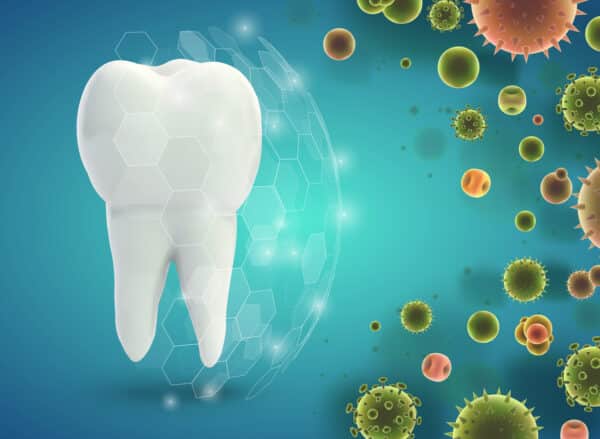
The Oral Microbiome & Chronic Kidney Disease
The oral microbiome plays an essential role in the incidence and development of
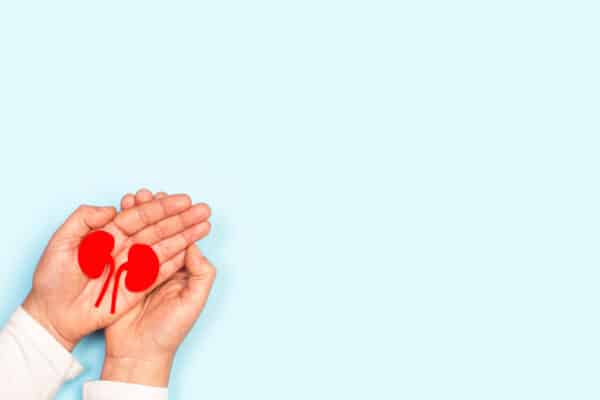
Natural Therapies In The Treatment of Polycystic Kidney Disease
Regarding dietary interventions in treating and managing PKD, the science is solid. The
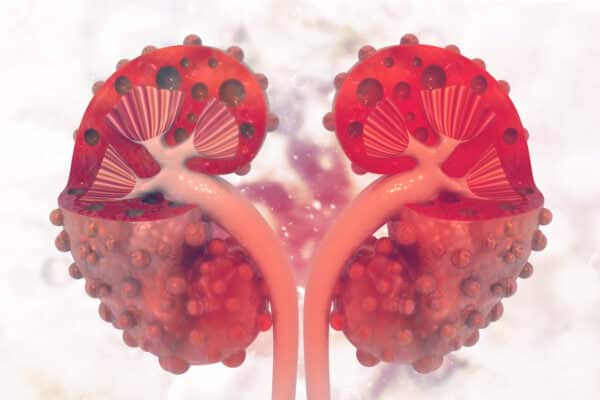
What Causes Cyst Formation In Polycystic Kidney Disease?
What is polycystic kidney disease? Polycystic kidney disease (PKD) is a prevalent genetic
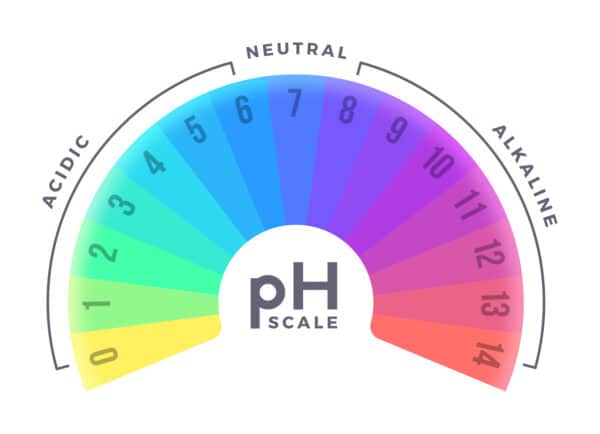
Bicarbonate Supplements? Is It The Best Way To Alkalize in Kidney Disease?
Throughout the ages, human diets have undergone a significant transformation, shifting from an

The Big Question… Can Kidney Disease Be Reversed?
Kidney disease can range from mild to severe, so the potential for reversal
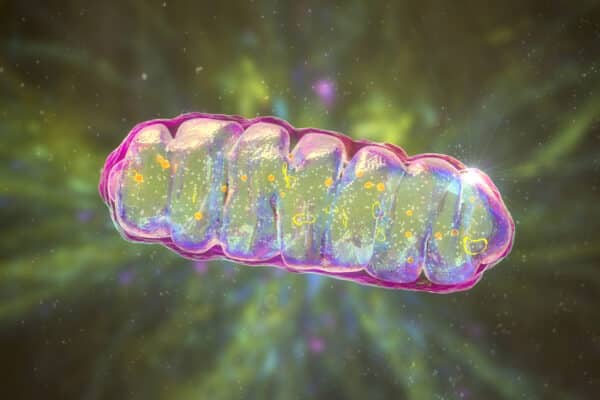
SS-31 Peptide and Kidney Disease
Kidney disease is a global health concern. The kidneys, especially the proximal tubules,




